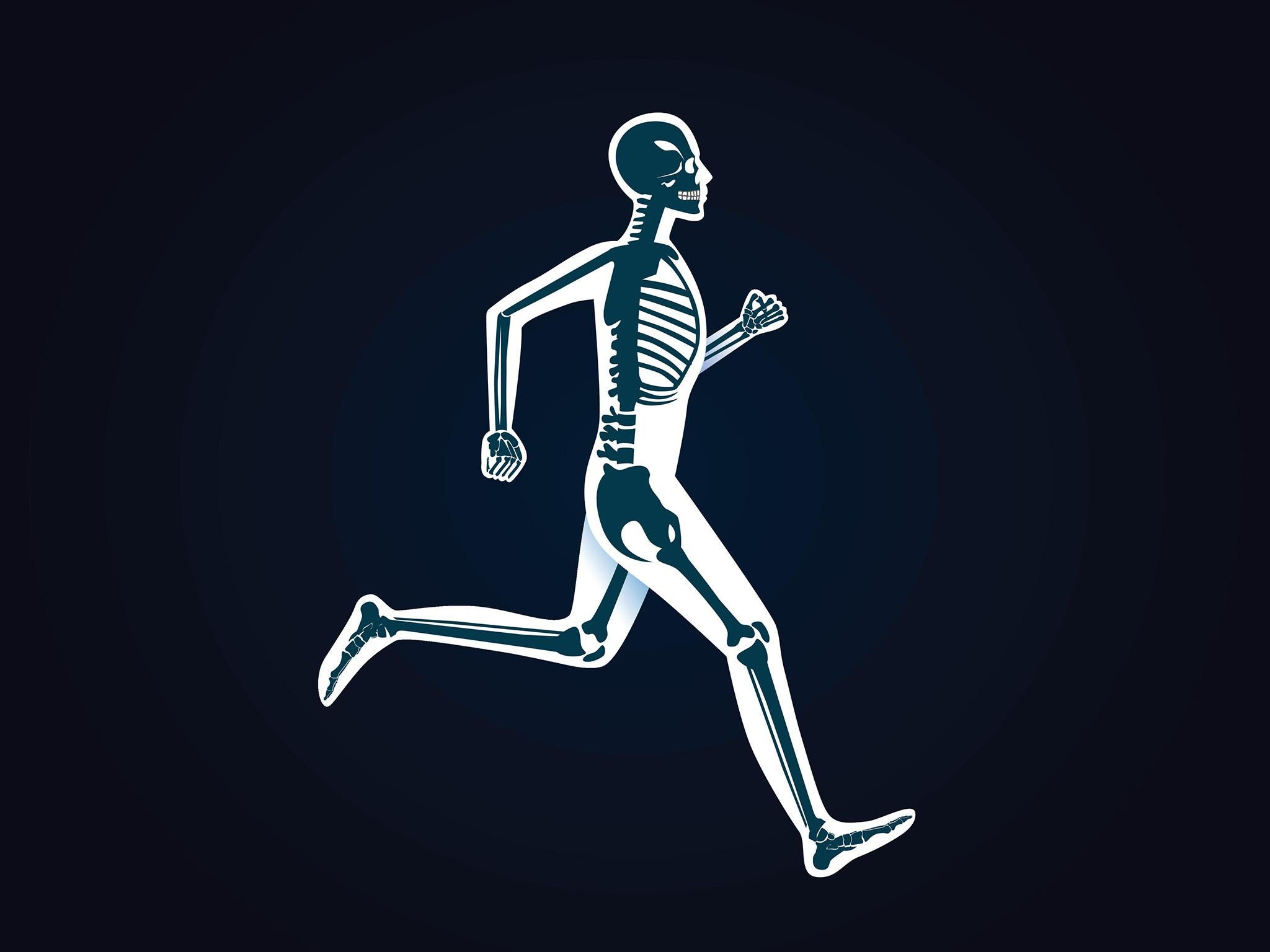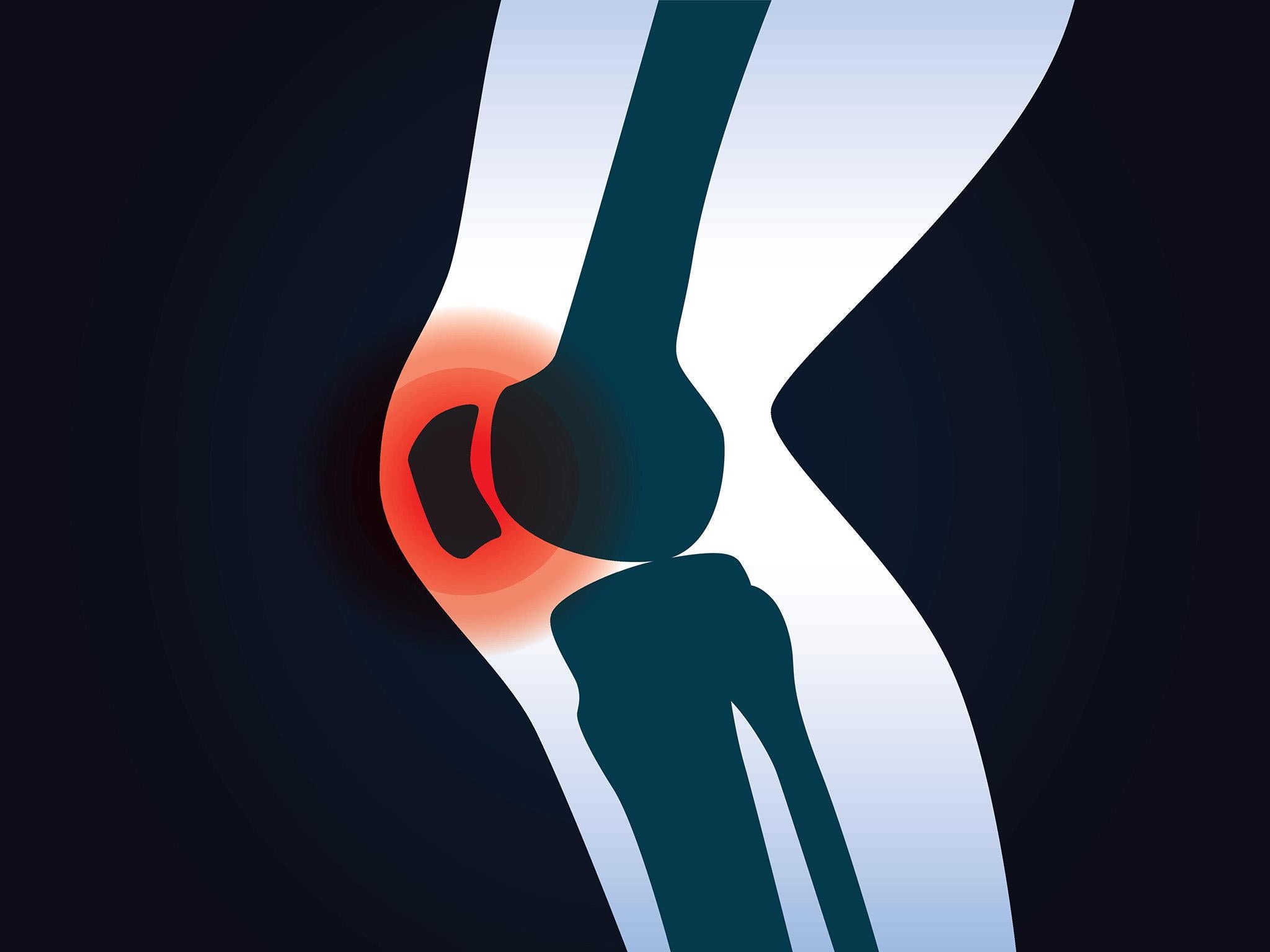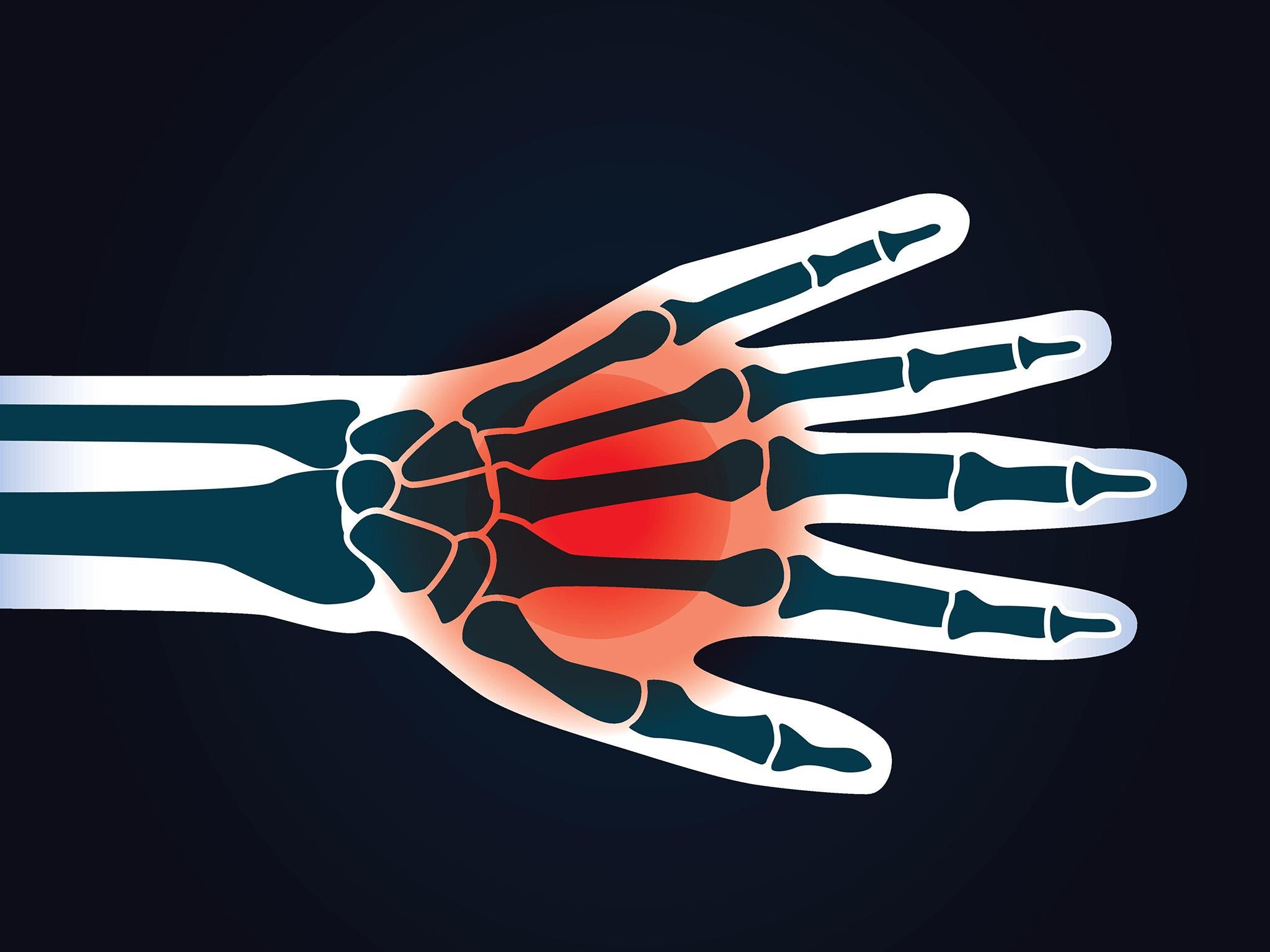Easing the aches and pains caused by arthritis
New treatments for arthritic joints could ease the pain for millions suffering from osteoarthritis

Your support helps us to tell the story
From reproductive rights to climate change to Big Tech, The Independent is on the ground when the story is developing. Whether it's investigating the financials of Elon Musk's pro-Trump PAC or producing our latest documentary, 'The A Word', which shines a light on the American women fighting for reproductive rights, we know how important it is to parse out the facts from the messaging.
At such a critical moment in US history, we need reporters on the ground. Your donation allows us to keep sending journalists to speak to both sides of the story.
The Independent is trusted by Americans across the entire political spectrum. And unlike many other quality news outlets, we choose not to lock Americans out of our reporting and analysis with paywalls. We believe quality journalism should be available to everyone, paid for by those who can afford it.
Your support makes all the difference.If you’re a regular jogger like me, and have in the past sustained a knee injury, you’re more at risk of suffering from this painful, degenerative disease. Pounding the pavements is something that I need to avoid, otherwise my knee protests, and I am reluctantly forced into a period of inactivity. That’s why most of my running today is done on soft grass or else muddy terrain. Not perfect for designer trainers but, most definitely, better for my joints. This is one way of avoiding the dreaded so-called “runner’s knee”; other ways to improve things include investing in a serious pair of trainers with shock absorption built in, using a bespoke knee brace, or else taping your knee. ‘Orthotics’, or insoles you insert into your shoe to help support the arch, is another way of reducing the impact caused by wear and tear. Anti-inflammatories can also help.
Replacing a running habit with other, more joint-friendly, forms of exercise such as swimming (which almost completely removes the strains felt by the body) or cycling (which better supports the knee joint) is another way of avoiding a flare up. There is, of course, a major downside - heavy with irony - of easing up on the exercise. That is dreaded weight gain. Adding pounds to a frame that is already under stress means that the joints will also start to moan in discomfort, even agony!
Osteoarthritis is the most common type of arthritis, affecting 8.75 million people in the UK; most of those are aged 45 years and older. According to Arthritis Research UK, the knee is one of the joints most commonly affected by this, often debilitating, condition. This is because the knees, like the hips, bear most of our body weight. The degenerative disease causes cartilage to wear down, most commonly affecting the knees as well as hips or fingers, leading them to become painful and limiting movement.

Osteoarthritis has three features: damaged cartilage (the strong, smooth lining that allows joints to move easily without friction), bony growths around the edge of joints, and mild inflammation (synovitis) of the tissue surrounding the affected joint. Common precursors of the condition include cartilage tears, including damage to the meniscus, and injury to the joint itself.
Olivia Belle, director at Arthritis Research UK (www.arthritisresearchuk.org), comments: “Knee osteoarthritis affects over 4.7 million people in the UK making everyday tasks such as climbing the stairs, dressing or even working difficult.”
So, aside from avoidance or temporary ‘plasters’, what’s the solution to this age-old problem that threatens to immobilise so many people still in the prime of life?
Many people choose to go under the knife. Each year, more than 12 million people visit their doctors because of knee pain — half of them with damage to cartilage, called ‘articular cartilage’. Many of these opt for cartilage repair or regeneration such as an arthroscopy, which is a procedure performed under general anaesthetic.
Arthroscopy was popularised in the 1960s with the advent of fibre-optic technologies and has become a common procedure. It involves inserting the ‘arthroscope’, a small tube that contains optical fibres and lenses, through tiny incisions in the skin into the joint. Fluid is then used to inflate the knee so that the whole of the inside can be examined by looking with the arthroscope and the treatment performed. The knee is then washed out and the cuts stitched. There is some debate about its long-term effectiveness.
Olivia Belle, director at Arthritis Research UK, explains: “There are a number of promising treatments for knee osteoarthritis which we are investing research in. One is around stem cell treatments. We currently have more than £5 million invested into research in this area- including a clinical trial to investigate which are the best cell types for repairing cartilage in knee osteoarthritis. We are also funding a research project which explores using a rheumatoid arthritis drug for knee osteoarthritis in an attempt to reduce pain and swelling.”

One pioneering treatment is from former Chelsea FC team doctor Dr. Ralph Rogers who is the first doctor in the UK to offer regenerative orthopaedics to patients suffering from a variety of orthopaedic, musculoskeletal and sports injuries. The non-invasive treatments promote the natural healing of damaged or injured tissues. They include “Lipogems”, adipose tissue therapy, Alpha-2 Macroglobulin (A2M) and Platelet Rich Plasma (PRP) therapy.
Lipogems is a cutting-edge technology that harnesses the natural and powerful reparative capability of the patient’s adipose tissue reserves. A small amount of fat is extracted from the midsection, or love-handles, following which a gentle washing in a closed-system device micro-fragments the fat, preserving its natural and beneficial properties. This is then injected using a small gauge needle into the specific area requiring treatment. The fat tissue tends to remain in the area where it is injected instead of being immediately re-absorbed by the body, allowing the body to maximize the benefits of the injection. Following injection, the tissue promotes healing and symptom reduction as early as three weeks after treatment.
“Regenerative medicine offers an alternative to patients who suffer from joint problems or who are facing joint-replacement surgery. It is not something that is light years away, or only available to super rich footballers, it is here and now and I am proud to be revolutionising the treatment of osteoarthritis, sports injuries and other joint conditions,” says Dr. Rogers, who runs clinics at LycaHealth in Canary Wharf.

Lipogems was invented in Italy by the world-renowned plastic surgeon Professor Carlo Tremolada, who was looking for a way to optimise fat for reconstructive applications. It has been rigorously reviewed by the US Food & Drug Administration and authorised for clinical use in the States since 2014. Dr. Rogers was trained by Professor Tremolada personally in Milan and his patients are reporting significant improvements. One patient, a successful trade carpenter for many years, described the treatment as “life-changing” after being able to resume his work, pain-free.
“Regenerative treatments allow patients, whether they are older people, former elite athletes or just someone living with joint problems, to return to a fit and active lifestyle without major discomfort or lengthy recovery time,” says Dr. Rogers.
Lipogems treatment is also used when standard treatment options such as physical therapy, nonsteroidal anti-inflammatory drugs, or steroid injections have not provided significant relief.
The revolutionary treatment could at last hold real hope for the millions suffering from the misery of debilitating joint pain.
Join our commenting forum
Join thought-provoking conversations, follow other Independent readers and see their replies
Comments